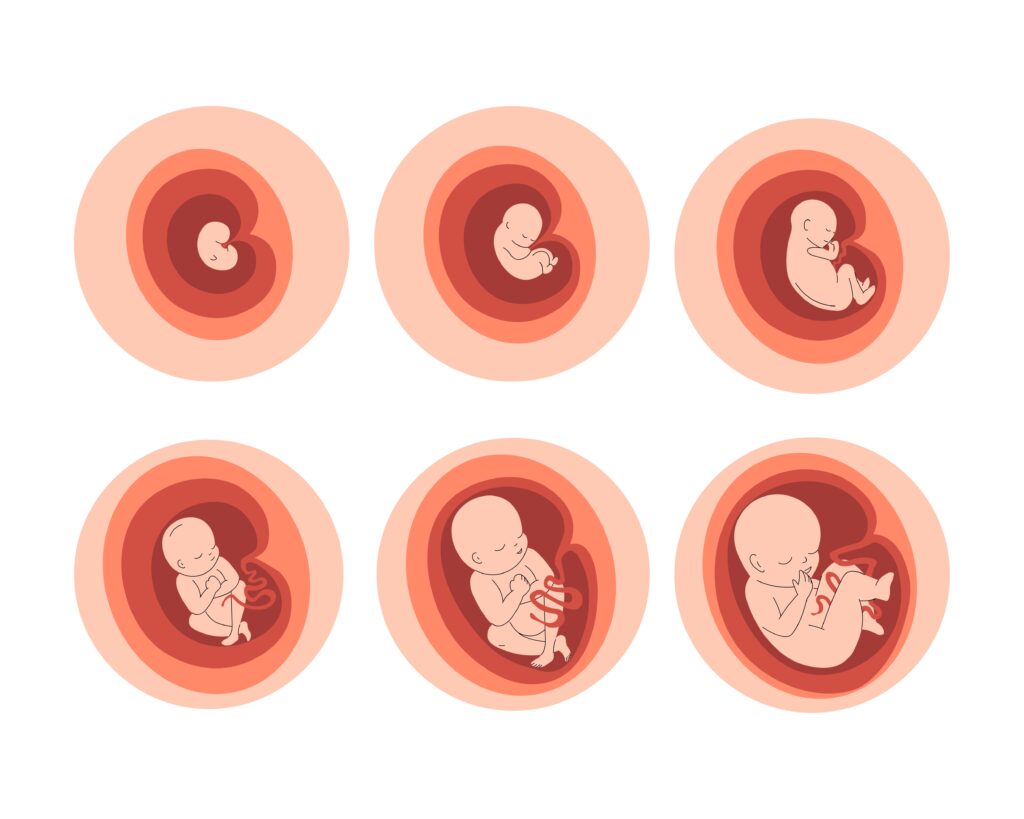Blastocyst Culture

Blastocyst culture is a laboratory technique used during in vitro fertilization (IVF) to grow embryos for an extended period, typically up to five or six days, until they reach the blastocyst stage of development. This technique allows embryologists to select the most viable embryos for transfer into the uterus, improving the chances of successful implantation and pregnancy.
Process of Blastocyst Culture:
Fertilization: After egg retrieval, the retrieved eggs are fertilized with sperm in the laboratory using either conventional insemination or intracytoplasmic sperm injection (ICSI).
Embryo Culture: Fertilized eggs (zygotes) are cultured in a specialized incubator under controlled conditions, where they undergo cell division and development.
Blastocyst Formation: Over the course of several days, the embryos continue to divide and develop. By day five or six after fertilization, the embryos reach the blastocyst stage, characterized by the formation of two distinct cell types: the inner cell mass, which will develop into the fetus, and the trophectoderm, which will form the placenta.
Selection of Embryos: Embryologists assess the quality and developmental potential of the blastocysts based on criteria such as the number and symmetry of cells, degree of expansion, and presence of cell debris or abnormalities.
Embryo Transfer: The highest quality blastocysts are selected for transfer into the woman’s uterus, typically one or two embryos, depending on the individual’s age, reproductive history, and preferences. Any remaining viable blastocysts may be cryopreserved (frozen) for future use.
Benefits of Blastocyst Culture:
- Improved Selection: Blastocyst culture allows embryologists to observe embryo development for a longer period, enabling them to select the most viable embryos for transfer.
- Higher Implantation Rates: Studies have shown that embryos that reach the blastocyst stage before transfer have higher implantation rates and lower rates of pregnancy loss compared to embryos transferred at earlier stages of development.
- Reduced Risk of Multiple Pregnancies: By selecting fewer high-quality embryos for transfer, blastocyst culture helps reduce the risk of multiple pregnancies while maintaining high success rates.
Considerations:
- Laboratory Expertise: Blastocyst culture requires specialized laboratory equipment and expertise to ensure optimal conditions for embryo development.
- Timing of Transfer: Blastocyst transfer may not be suitable for all patients, and decisions regarding the timing of embryo transfer should be made on a case-by-case basis.
- Cost: Extended embryo culture may result in additional laboratory fees associated with blastocyst culture.
Blastocyst culture has become a standard practice in many IVF clinics, offering improved embryo selection and higher success rates for couples undergoing fertility treatment.
